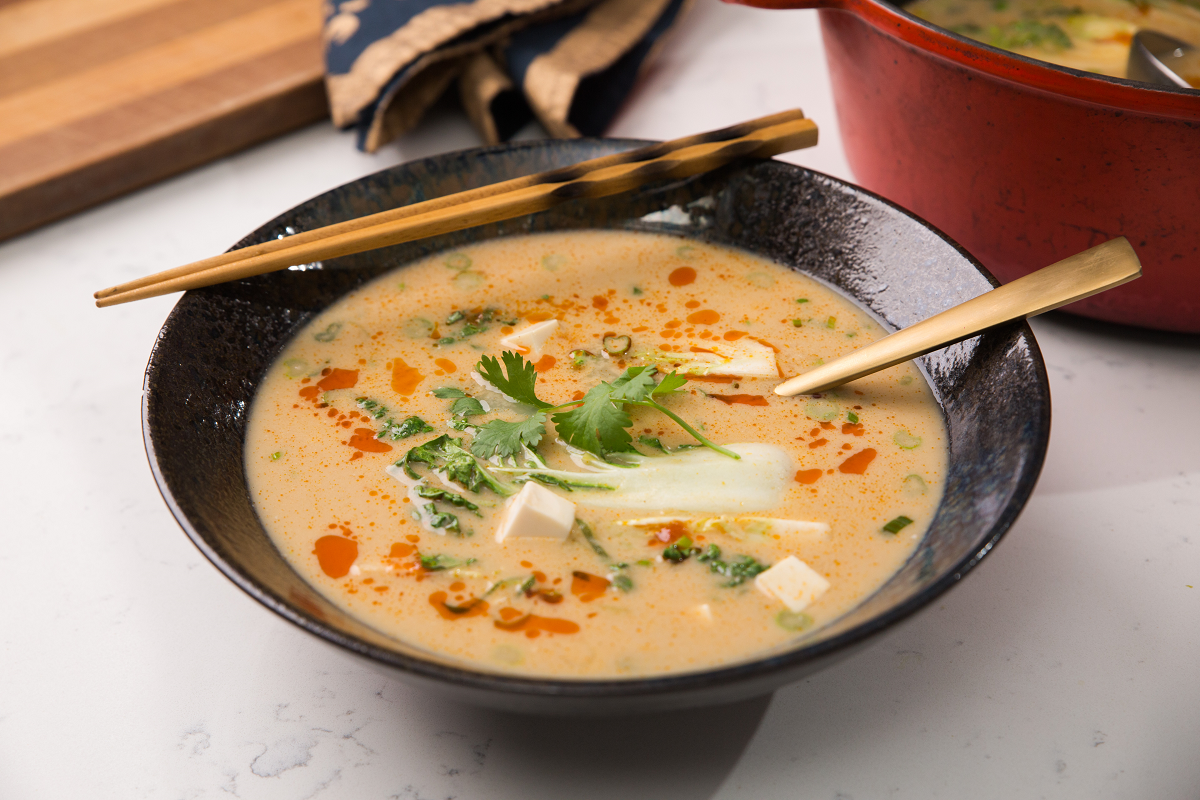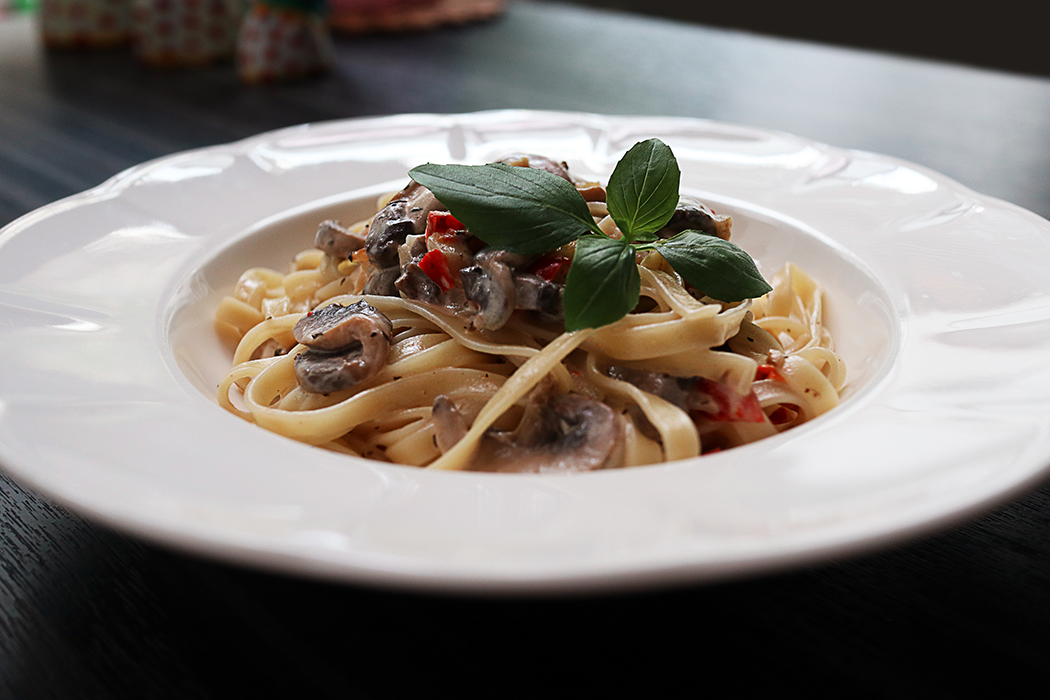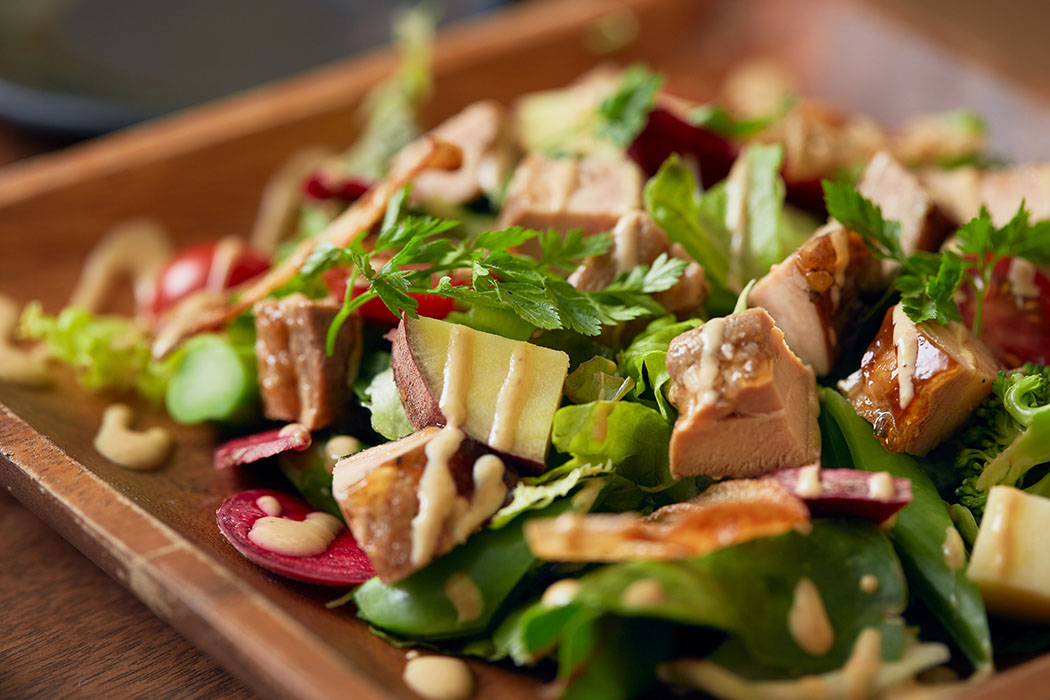Miso: A Japanese culinary staple – Part 2
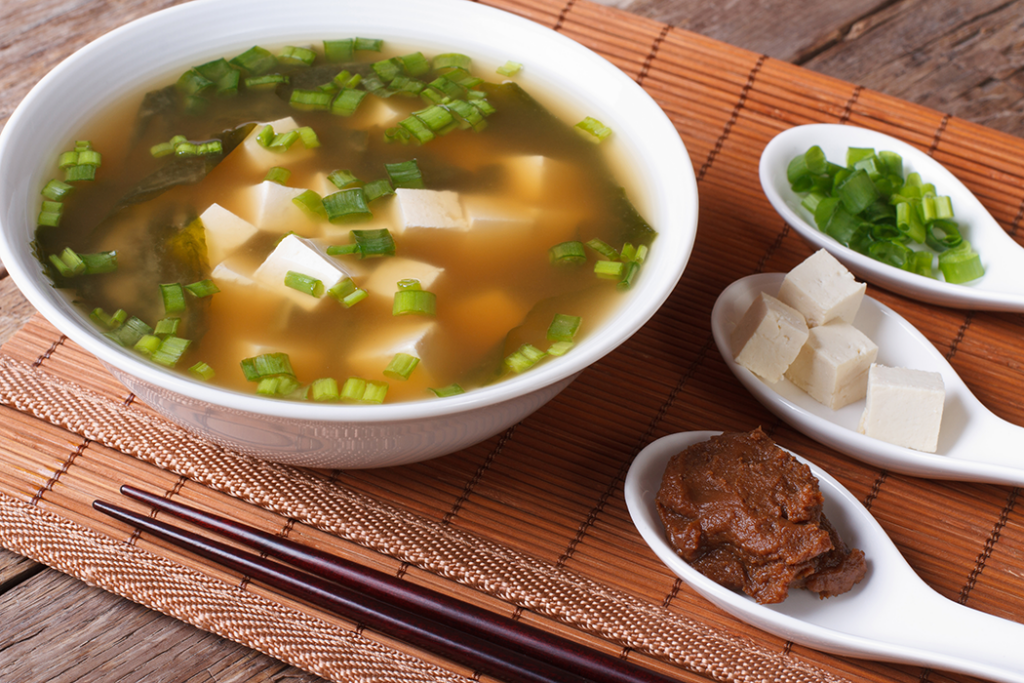
We started off our Miso: A Japanese culinary staple with a great blog post about the history and origins of miso. ICYMI: Miso is a staple in Japanese cuisines and is typically a paste made from fermented soybeans.
The types of miso are Kome, Mugi and Mame. Each has its own flavour and can be used in a variety of ways. The colour of the miso changes depending on what the soybeans are fermented with – barley, rice or other grains.
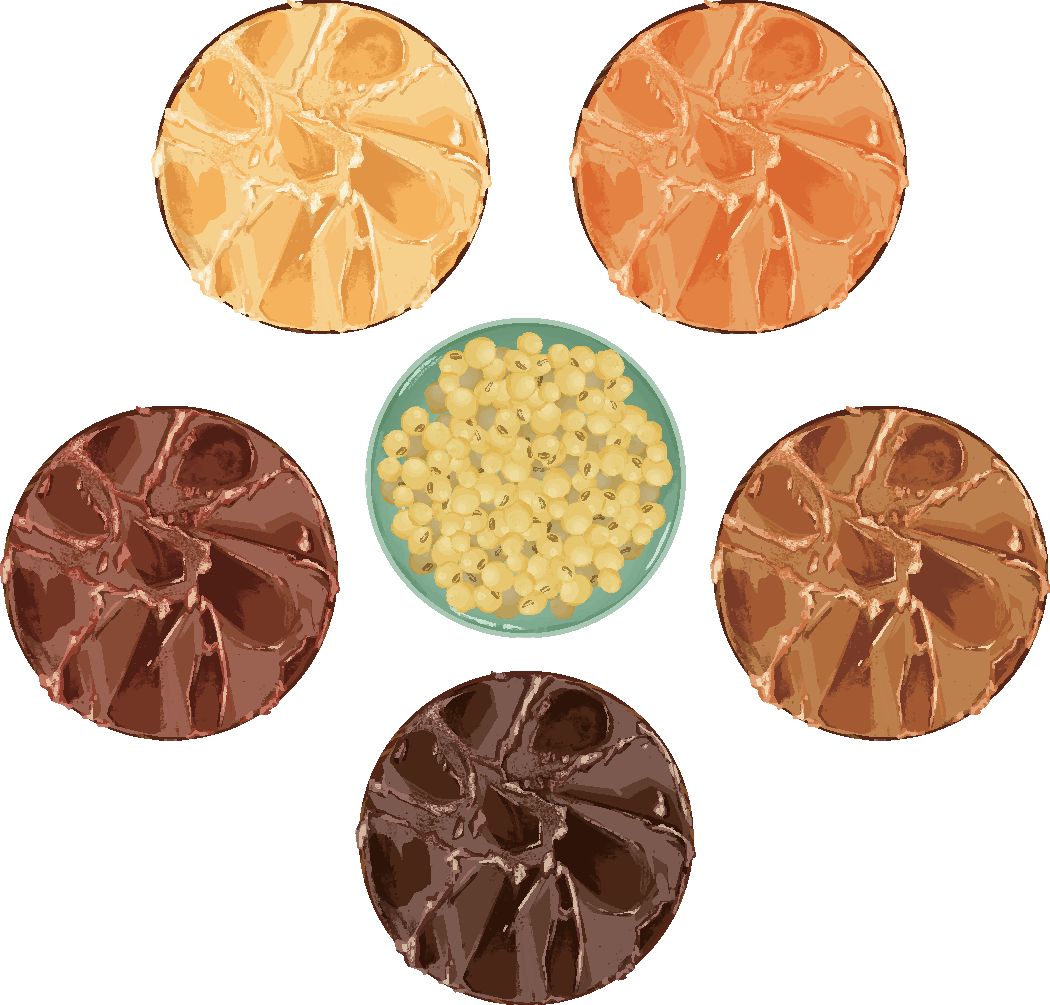
Mugi Miso
This miso is made with barley- malt and has the same texture as barley. This is recommended for spicing up simple dishes and great for use as a dipping sauce for pork dishes, raw vegetables or salads.
Mame Miso
Mame Miso is the thickest tasting miso, and only a small amount can help emphasize the rich flavour without oil. Recommended for dipping sauces and stews.
There are three types of Kome miso – light yellow, white and red. Kome miso is fermented with rice.
Kome Miso (light yellow)
The most common variety used, and is best suited for chicken dishes or white wines.
Kome Miso (red)
Red miso has rich and thick flavours and is useful for adding flavour to a dish. Well suited to meat dishes and red wines.
Kome Miso (white)
White miso has the softest taste and the lower amount of salt. When white miso is used a finishing touch to cooking it has a good aroma and is recommended for emphasizing sweetness. White miso is used for desserts and dishes containing fish and/or Worcestershire sauce.
Cooking with Miso
Mios gives a dish a savoury or sweet taste and a unique umami flavour. It can be dissolved in broth or water for a tasty soup dish or stirred into other liquid ingredients to make salad dressings, marinades, or glazes. Miso can also be added to a creamy pasta dish – simply add miso to a saucepan and whisk until it has turned into a liquid.
Want to try miso at home today? Try one of our good grain miso recipes:

